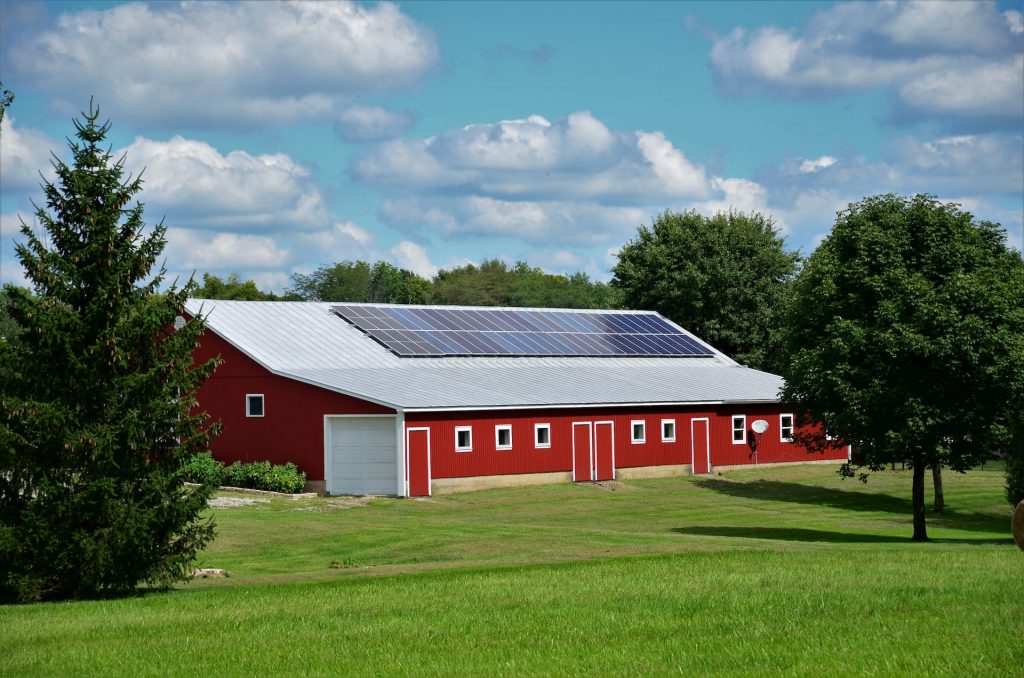
Be an Eco-Stable: What does it take?
As horse owners, we have a responsibility to be mindful of the impact our equine companions have on the environment. From their feed to their waste, horses can generate a significant amount of carbon footprint. However, by implementing sustainable and eco-friendly practices in our stables, we can minimize our impact and promote a healthier planet for both horses and humans.
Here are some tips and ideas for creating an eco-stable in North America, using supplies and materials commonly available in the region, as well as how stable software technology can help.
- Use eco-friendly building materials.
When constructing or renovating your stable, consider using sustainable and eco-friendly building materials such as reclaimed wood, bamboo, or recycled steel. These materials are durable, renewable, and reduce the amount of waste in landfills. Additionally, you can opt for insulation made from natural materials like wool, hemp, or cotton, which are biodegradable and have a lower carbon footprint compared to synthetic alternatives.
- Invest in renewable energy.
Switching to renewable energy sources such as solar or wind power can help reduce greenhouse gas emissions and lower energy costs. Consider installing solar panels on your stable roof or investing in a small wind turbine for energy generation. Additionally, using energy-efficient LED lighting can help reduce energy consumption and lower your electricity bills.
- Implement a composting system.
Horse manure and bedding can generate a significant amount of waste that ends up in landfills, contributing to greenhouse gas emissions. By implementing a composting system, you can turn this waste into nutrient-rich compost that can be used as fertilizer for your pastures or gardens. There are several composting methods available, from simple heap systems to more sophisticated aerobic composting systems.
- Use natural and organic horse care products.
Many commercial horse care products contain harsh chemicals that can be harmful to the environment and your horse’s health. Instead, opt for natural and organic products made from plant-based ingredients that are biodegradable and non-toxic. Look for products that are free from synthetic fragrances, parabens, and sulfates, and that are packaged in recyclable or biodegradable materials.
- Practice water conservation.
Water is a precious resource, and conserving it is essential for sustainable stable management. Consider installing rainwater collection systems to collect water for use in watering pastures or cleaning stalls. Additionally, repairing leaks and reducing water usage in your stable can help conserve this valuable resource.
- Use stable management software technology.
Stable management software technology can help horse owners and stable managers run their operations more efficiently, which can in turn reduce the carbon footprint of the stable. For example, stable management software can help with scheduling and coordinating activities, reducing the amount of energy used by lights, tractors, and other equipment. Additionally, stable management software can eliminate paper usage for release forms, agreements, invoices, and schedules, reducing the associated carbon footprint of paper production and waste.
Creating an eco-stable may require an initial investment of time and money, but the long-term benefits to the environment and your horses are worth it. By implementing sustainable and environmentally friendly practices, and utilizing stable management software technology, you can help reduce your carbon footprint, promote a healthier planet, and create a more natural and healthy environment for your equine companions.



